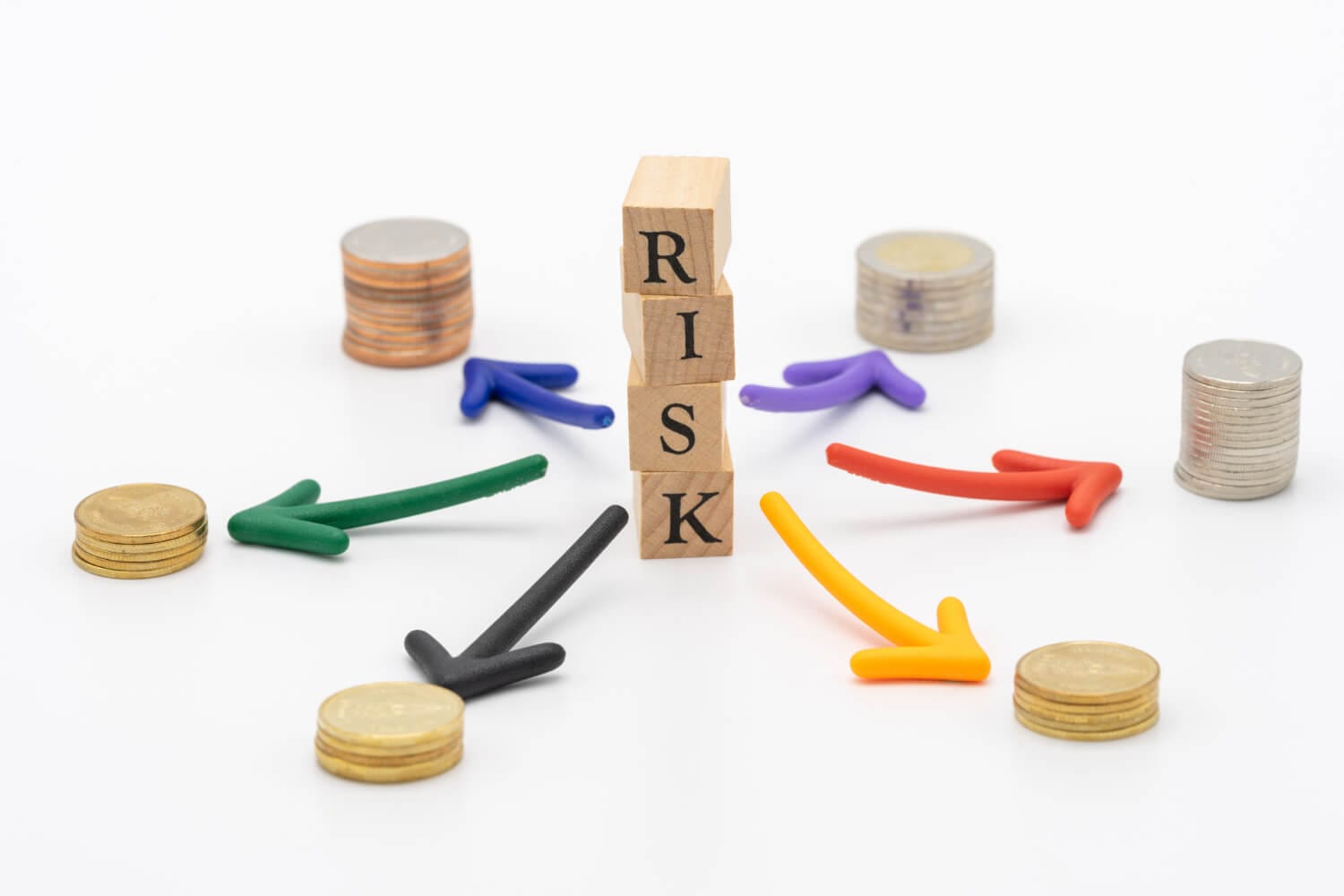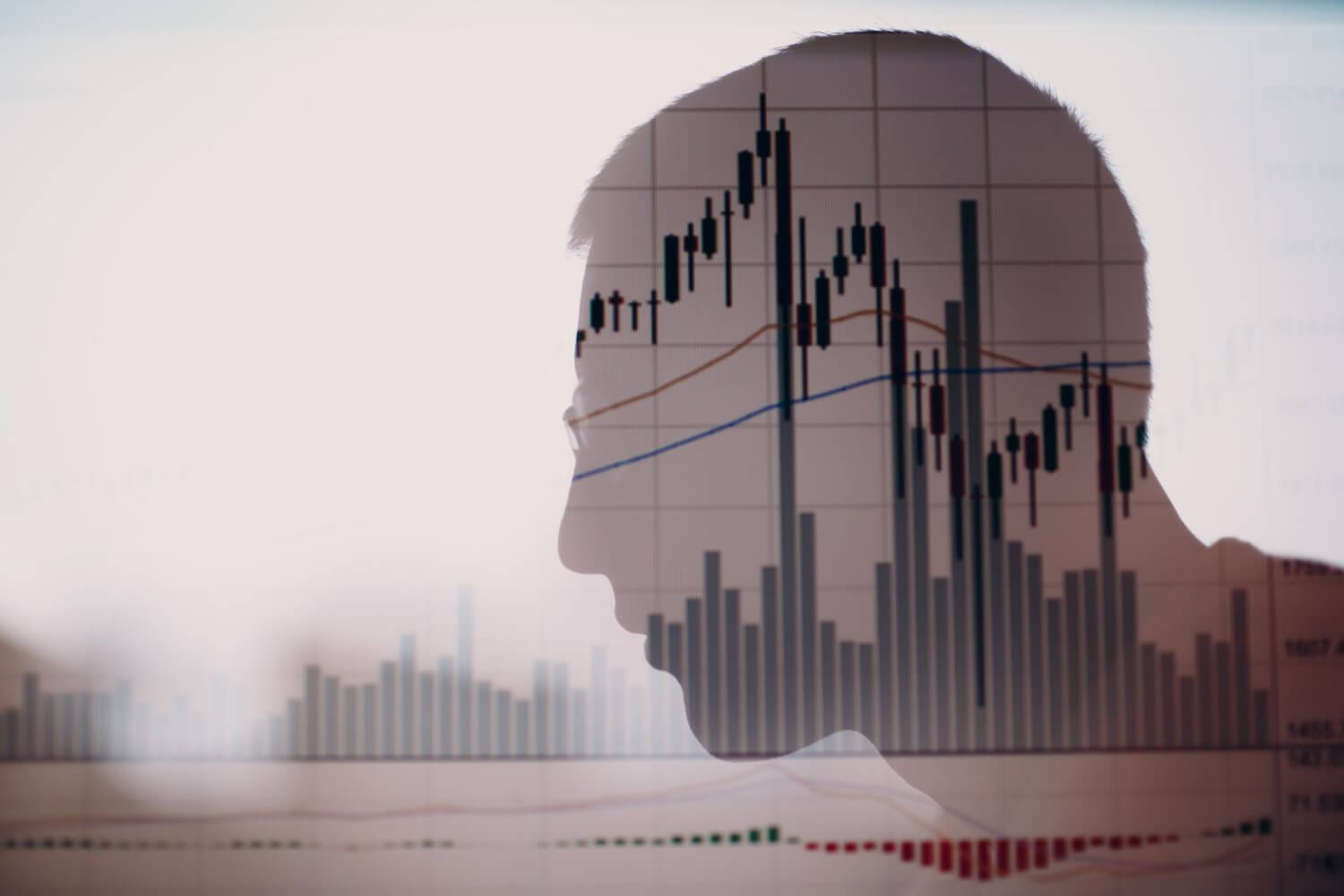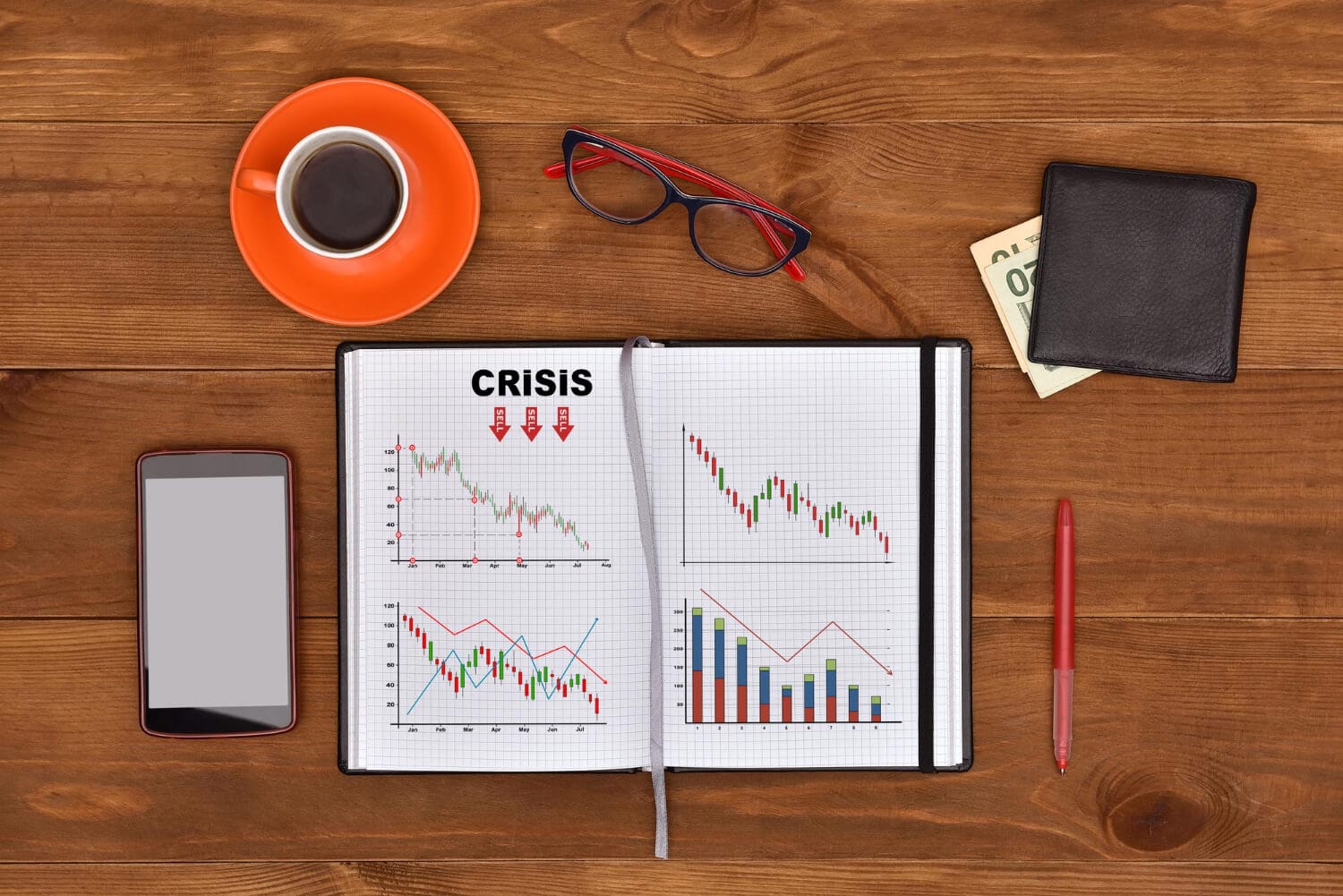The introduction serves as an overview of the article, providing context for readers. In this section, you briefly introduce the topic of forex trading, emphasizing its importance in the global financial market. The main goal is to pique the reader’s interest and outline the purpose of the article, which is to provide valuable tips for traders at every skill level.
Section 1: Getting Started with Forex Trading:

This section focuses on helping beginners lay the foundation for their forex trading journey. It provides essential information and guidance for those who are new to the world of forex trading.
1.1 Understanding the Forex Market:
Definition and Significance: In this part, you would explain what the forex market is. The forex (foreign exchange) market is where currencies are traded globally. It’s the largest and most liquid financial market in the world, with a daily trading volume exceeding $6 trillion. You would emphasize the significance of the forex market in the global economy as it plays a crucial role in facilitating international trade and investment.
Currency Pairs and Exchange Rates: Here, you would delve into the concept of currency pairs, which are the foundation of forex trading. You’d explain that currencies are quoted in pairs (e.g., EUR/USD), where the first currency is the base currency and the second is the quote currency. Exchange rates represent the relative value of one currency against another and determine how much of the quote currency is needed to purchase one unit of the base currency.
1.2 Setting Up Your Trading Account:
Selecting a Reputable Broker: This section would guide beginners on how to choose a trustworthy forex broker. You’d explain factors to consider, such as regulation, spreads, fees, and the broker’s reputation. Emphasize the importance of conducting due diligence before selecting a broker.
Opening and Funding the Account: Describe the steps involved in opening a trading account with the chosen broker. This may include providing personal information, verifying identity, and agreeing to terms and conditions. Additionally, explain how to fund the account with the necessary capital, often done through bank transfers or online payment methods.
1.3 Developing a Trading Plan:
Importance of a Trading Plan: Emphasize that having a well-structured trading plan is crucial for success in forex trading. Explain that a trading plan serves as a roadmap, guiding traders on how they will approach the market. It helps in maintaining discipline and consistency.
Elements of a Trading Plan: Discuss the key components of a trading plan, which may include:
- Risk Management: Explain how traders should determine their risk tolerance and set rules for managing risk, such as setting stop-loss orders.
- Goals and Objectives: Encourage traders to define their trading goals, whether it’s capital preservation, income generation, or wealth accumulation.
- Trading Strategy: Briefly introduce the concept of a trading strategy and explain that it should align with the trader’s goals and risk tolerance.
- Trading Journal: Mention the importance of keeping a trading journal to record all trades, strategies used, and outcomes for future analysis.
- By thoroughly covering these aspects in the “Getting Started with Forex Trading” section, beginners will have a solid foundation to build upon as they progress in their forex trading journey.
Section 2: Forex Trading Basics:

This section aims to provide a deeper understanding of the fundamental concepts and tools that traders need to know in order to operate effectively in the forex market.
2.1 Reading Forex Quotes:
Interpreting Currency Quotes: Begin by explaining how currency pairs are quoted in the forex market. Stress the importance of understanding these quotes, as they provide the basis for all forex trading decisions. Use examples to illustrate how currency pairs are expressed, such as EUR/USD, and explain that the first currency (the base currency) is what you’re buying or selling, and the second currency (the quote currency) is what you’re trading it against.
The Bid-Ask Spread: Discuss the bid-ask spread, which is the difference between the highest price a buyer is willing to pay (bid) and the lowest price a seller is willing to accept (ask). Explain how this spread impacts trading costs and why traders should be aware of it.
2.2 Order Types:
Market Orders: Define market orders as orders to buy or sell a currency pair at the current market price. Explain that they are executed instantly and are suitable for traders who want to enter or exit the market quickly.
Limit Orders: Describe limit orders as orders to buy or sell a currency pair at a specific price or better. Discuss how they can be used to set entry or exit points in advance, and emphasize their role in controlling trade execution.
Stop Orders: Explain stop orders, both stop-loss and stop-entry orders. Clarify how stop-loss orders help limit potential losses by automatically closing a trade when a certain price level is reached. Discuss how stop-entry orders are used to enter a trade once a specific price level is reached, potentially capturing a breakout.
2.3 Technical vs. Fundamental Analysis:
Technical Analysis: Define technical analysis as the study of historical price charts and patterns to predict future price movements. Introduce some common technical analysis tools such as moving averages, RSI (Relative Strength Index), and support/resistance levels. Highlight that technical analysis is mainly concerned with price action and doesn’t consider external factors like economic data or news events.
Fundamental Analysis: Explain fundamental analysis as the evaluation of economic, political, and social factors that can influence currency prices. Mention key fundamental factors, including interest rates, inflation, employment data, and geopolitical events. Emphasize that fundamental analysis takes a broader view of the market and aims to understand the underlying drivers of currency value.
2.4 Forex Trading Hours:
Major Trading Sessions: Discuss the four major trading sessions in the forex market: Tokyo, London, New York, and Sydney. Explain their respective opening and closing times and the significance of each session. Mention that the highest liquidity and trading volume typically occur when multiple sessions overlap.
Market Overlap: Explain the concept of market overlap, where two major trading sessions are open simultaneously. For example, the overlap between the London and New York sessions is a key trading period, known for increased volatility and trading opportunities. Mention that traders may choose to focus their trading activities during these overlaps.
By providing a comprehensive understanding of these forex trading basics, traders will have the knowledge and tools necessary to navigate the forex market with confidence and make informed trading decisions.
Section 3: Risk Management:

This section is crucial as it focuses on teaching traders, especially beginners, how to protect their capital and minimize potential losses in the forex market.
3.1 Setting Stop-Loss and Take-Profit Orders:
Setting Stop-Loss Orders:
- Explain the importance of stop-loss orders as a critical risk management tool. A stop-loss order is an instruction to your broker to close a trade at a predetermined price level to limit potential losses. Discuss the following:
- How to determine an appropriate stop-loss level: Consider factors like your risk tolerance, trading strategy, and market volatility.
- Stress that stop-loss levels should be set objectively and not moved further away from the entry point during the trade.
Setting Take-Profit Orders:
- Discuss take-profit orders, which are used to lock in profits by closing a trade at a predetermined price level. Key points to cover:
- The rationale behind setting take-profit levels: Ensuring that traders don’t get greedy and let profitable trades turn into losses.
- Strategies for determining take-profit levels: Factors like support/resistance levels, technical analysis, and profit targets.
3.2 Position Sizing:
Understanding Position Sizing:
Explain that position sizing is about determining the amount of capital to risk on each trade. Discuss the following aspects:
The importance of position sizing in risk management: How it prevents overexposure and potential catastrophic losses.
Introduce the concept of a risk percentage per trade (e.g., risking 1% of your trading capital per trade) as a common approach.
Calculating Position Size:
Provide practical guidance on how to calculate the appropriate position size for a trade based on:
- Stop-loss level: How much you’re willing to risk on a trade.
- Account size: The total capital available for trading.
- Risk percentage: The percentage of your capital you’re willing to risk.
3.3 Diversification:

Importance of Diversification:
Emphasize the value of diversifying a trading portfolio to reduce risk. Explain that diversification involves trading multiple currency pairs or assets rather than putting all capital into a single trade or currency pair.
Diversification Strategies:
Discuss different strategies for diversification, including:
- Trading multiple currency pairs: Explain how traders can choose pairs from different regions or currency groups to spread risk.
- Incorporating other asset classes: Mention that some forex traders also diversify into commodities, stocks, or cryptocurrencies.
- Managing Correlations: Note that traders should be aware of correlations between currency pairs. Sometimes, currencies move in similar directions due to economic factors, so diversification may not be as effective if all selected pairs are highly correlated. Discuss how traders can monitor and manage correlations in their portfolio.
3.4 Managing Leverage:
Understanding Leverage: Explain the concept of leverage, which allows traders to control larger positions with a smaller amount of capital. Stress that while leverage can magnify profits, it can also amplify losses.
Responsible Leverage Usage:
- Provide guidance on how to use leverage responsibly:
- Mention regulatory restrictions in some regions that limit maximum leverage ratios.
- Emphasize the importance of not overleveraging, especially for beginners.
- Suggest using lower leverage ratios to minimize risk.
Using Leverage in Risk Management: Explain that leverage can also be used strategically for risk management, such as reducing position sizes when higher leverage is used.
By mastering the principles of risk management outlined in this section, traders can protect their capital and avoid the common pitfall of overexposure, leading to more consistent and sustainable trading results.
Section 4: Strategies for Success:

This section aims to provide traders with various strategies and approaches that can lead to success in forex trading. It covers both technical and fundamental analysis strategies.
4.1 Technical Analysis Tips:
Introduction to Technical Analysis: Start by introducing the concept of technical analysis, which involves studying historical price charts and patterns to make predictions about future price movements. Highlight that technical analysis relies on the belief that past price data can provide insights into future market behavior.
Key Technical Analysis Tools:
Discuss some essential technical analysis tools and indicators that traders often use, including:
- Moving Averages: Explain how moving averages can help identify trends and potential reversal points.
- Relative Strength Index (RSI): Describe RSI as a momentum oscillator used to measure the speed and change of price movements.
- Support and Resistance Levels: Discuss how support levels represent price levels where buying interest is strong, while resistance levels indicate areas where selling interest is prevalent.
Practical Advice for Using Technical Analysis:
- Offer practical tips for traders using technical analysis, such as:
- The importance of using multiple technical indicators for confirmation.
- The need to adapt to different timeframes based on trading style (e.g., day trading vs. swing trading).
- The significance of staying updated with market news and events that can impact technical patterns.
4.2 Fundamental Analysis Tips:

Introduction to Fundamental Analysis: Begin by introducing fundamental analysis as the evaluation of economic, political, and social factors that can impact currency prices. Emphasize that this approach looks beyond price charts and delves into the underlying drivers of currency value.
Key Fundamental Analysis Factors:
Discuss some critical fundamental factors that traders should monitor and analyze, including:
- Interest Rates: Explain how central bank interest rate decisions can influence currency values.
- Economic Indicators: Mention important economic indicators like GDP, inflation rates, and employment data, and their impact on currencies.
- Geopolitical Events: Discuss how geopolitical events, such as elections or conflicts, can cause currency fluctuations.
Incorporating Fundamental Analysis:
Explain how traders can incorporate fundamental analysis into their trading strategies:
Mention that fundamental analysis often involves a longer-term outlook compared to technical analysis.
Emphasize the need for staying informed about economic calendars and global news.
4.3 Developing a Trading Strategy:
The Importance of a Trading Strategy: Stress the significance of having a well-defined trading strategy as it provides a structured approach to trading and helps manage risk.
Components of a Trading Strategy:
Discuss the key components that should be part of a trading strategy, including:
- Entry and Exit Rules: Explain how traders should determine when to enter and exit trades, which may be based on technical or fundamental analysis.
- Risk Management: Reiterate the importance of risk management within the strategy, including setting stop-loss levels and position sizing.
- Timeframes: Mention the importance of choosing the appropriate timeframe for the strategy, such as short-term or long-term trading.
- Backtesting: Encourage traders to backtest their strategies on historical data to assess their viability.
- Adaptability and Flexibility: Highlight that a good trading strategy is one that can adapt to changing market conditions. Traders should be prepared to adjust their strategies when necessary.
By providing traders with insights into technical and fundamental analysis, as well as guidance on developing a trading strategy, this section equips them with tools and knowledge to make informed trading decisions and increase their chances of success in the forex market.
Section 5: Advanced Trading Tips:
This section is geared toward traders who have gained some experience and want to further enhance their skills and decision-making abilities in the forex market.
5.1 Trading Psychology:

Understanding Trading Psychology: Begin by emphasizing that trading psychology plays a significant role in a trader’s success. Explain that managing emotions is critical, as trading can be emotionally challenging.
Common Psychological Challenges: Discuss common psychological challenges that traders face, such as:
- Fear and Greed: Traders may be afraid of losses or become overly greedy when profits are high.
- Impatience: Impatience can lead to impulsive decisions and overtrading.
- Confirmation Bias: Traders may seek information that confirms their existing beliefs, leading to biased decisions.
Strategies for Managing Trading Psychology: Provide strategies and tips for managing trading psychology:
- Stress the importance of discipline and sticking to your trading plan.
- Encourage traders to take breaks and avoid overtrading when feeling emotional.
- Suggest mindfulness techniques to help manage stress and anxiety.
5.2 Risk-reward Ratio:
Understanding Risk-Reward Ratio: Explain the concept of risk-reward ratio, which involves assessing the potential reward of a trade relative to the risk taken. Discuss how this ratio helps traders make informed decisions.
Setting Favorable Risk-Reward Ratios: Provide guidance on setting favorable risk-reward ratios:
Emphasize that a good risk-reward ratio should offer the potential for more significant rewards than losses.
Suggest specific ratios, such as aiming for a minimum of 2:1 (potential reward to risk) in trades.
Position Sizing and Risk-Reward: Explain the connection between position sizing and risk-reward ratios. Traders can adjust their position sizes to align with their desired risk-reward ratios.
5.3 Trading Journals:

Importance of Trading Journals: Explain why maintaining a trading journal is crucial for traders:
It helps track trading performance over time.
It provides a record of past trades, which can be analyzed for improvements.
It promotes self-awareness and accountability.
What to Include in a Trading Journal: Discuss what traders should include in their trading journals:
Entry and exit points for each trade.
The reason for taking the trade (technical or fundamental analysis).
Details about stop-loss and take-profit levels.
Emotions or thoughts experienced during the trade.
Using Trading Journals for Improvement: Explain how traders can use their journals to identify patterns in their trading behavior, recognize mistakes, and develop strategies for improvement. Encourage regular journal reviews.
5.4 Automation and Algorithmic Trading:
- Introduction to Automation: Explain the concept of automation in trading, where computer algorithms execute trades based on predefined criteria. Mention that automation can enhance efficiency and consistency.
- Benefits of Automation: Discuss the advantages of automation in trading:
- Reduced emotional bias: Algorithms follow predefined rules, avoiding impulsive decisions.
- 24/7 Trading: Automated systems can execute trades even when traders are not actively monitoring the market.
- Backtesting: Algorithms can be tested on historical data to assess their performance.
- Risks and Caution: Highlight that automation also comes with risks, such as technical failures or unexpected market conditions. Stress the importance of thorough testing and monitoring of automated systems.
By addressing advanced topics like trading psychology, risk-reward ratios, trading journals, and automation, this section equips traders with the tools and strategies needed to take their trading to the next level and improve their overall performance in the forex market.
Section 6: Becoming a Pro:

This section focuses on the steps and mindset needed to transition from an intermediate trader to a professional one. It emphasizes continuous learning and the importance of networking and mentorship.
6.1 Continuous Learning:
The Lifelong Learning Mindset: Start by emphasizing that learning is a never-ending journey in forex trading. Markets evolve, and traders must adapt.
Resources for Ongoing Education:
Discuss various resources and avenues for continuous learning:
- Books: Recommend reputable books on trading, technical analysis, and market psychology.
- Online Courses: Mention the availability of online courses and webinars from trusted sources.
- Forums and Communities: Suggest participation in trading forums and communities where traders share knowledge and experiences.
- Market News: Encourage traders to stay updated with financial news to understand market dynamics.
- The Role of Practice: Highlight that learning should be accompanied by practical application. Encourage traders to continue practicing their strategies and refining their skills in a demo or live trading environment.
6.2 Networking and Mentorship:

The Value of Networking: Explain the benefits of networking with other traders:
Exchange ideas and strategies.
Gain insights into market conditions from diverse perspectives.
Potentially find trading partners or collaborators.
Seeking Mentorship: Discuss the advantages of having a mentor in the trading industry:
Learning from someone with experience can accelerate a trader’s development.
A mentor can provide guidance, offer feedback, and help avoid common pitfalls.
Emphasize the importance of finding a mentor whose trading style and philosophy align with the trader’s goals.
Participation in Trading Communities: Mention online and offline trading communities and events where traders can connect with peers and potential mentors. Discuss the benefits of sharing experiences and learning from others in a supportive environment.
Contributing to the Community: Encourage traders to give back to the trading community by sharing their knowledge and experiences. Contributing to discussions and helping others can solidify one’s understanding of trading concepts.
Conclusion:
In the conclusion, recap the key takeaways from the entire article and reinforce the overarching message:
- Emphasize the importance of continuous learning and personal growth in forex trading.
- Highlight that evolving from a beginner to a professional trader takes time and dedication.
- Encourage traders to stay disciplined, manage risk, and adapt to changing market conditions.
- Remind readers that success in forex trading is attainable with the right mindset, education, and ongoing commitment.
By addressing the transition from an intermediate trader to a professional and stressing the significance of learning and networking, this section provides a roadmap for traders to continue improving their skills and achieving success in the forex market.
Don’t trade all the time, trade forex only at the confirmed trade setups.
Get more confirmed trade setups here: forexgdp.com/buy/
